Name Sadoba Singh Died 1890 | ||
 | ||
Movement | ||
Manikarnika ankita lokhande jhalkaribai
Jhalkaribai (22 November 1830 – 1858) (Hindi: झलकारीबाई [dʒʱəlkaːriːˈbaːi]) was a Dalit woman soldier who played an important role in the Indian Rebellion of 1857. She served in the women's army of Queen Laxmibai of Jhansi. Born into a Kori family, she eventually rose to a position of a prominent advisor to the queen, Rani of Jhansi herself. At the height of the battle of fort of Jhansi, she disguised herself as the Queen and fought on her behalf, on the front, allowing the Queen to escape safely out of the fort.
Contents
- Manikarnika ankita lokhande jhalkaribai
- Anikta lokhande to play jhalkaribai in kangana ranaut s queen of jhansi
- Life
- Courage at Battle
- Legacy
- References
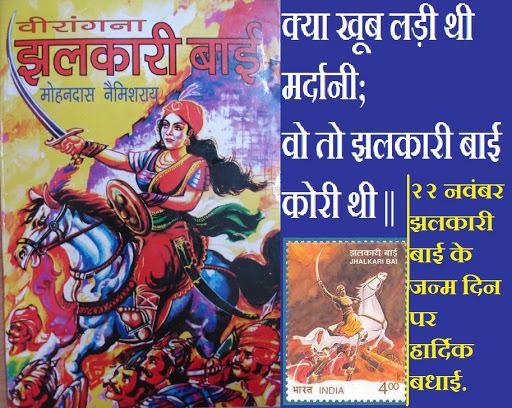
The legend of Jhalkaribai remains in the popular memory of the people of Bundelkhand over centuries. Her life, especially her heroism fighting the East India Company army to protect the Queen, continues to be praised in various Bundeli folklores. Her bravery along with her identity as a Dalit has helped to create a sense of pride and cultural unity in Dalits in North India.

In the past few decades, the name of Jhalkaribai, along with other Dalit viranganas if the Indian rebellion, has played a crucial role in the political landscape of North India. For example, Bahujan Samaj Party (BSP), a party led by the oppressed castes, in India, has uplifted the image of Jhalkaribai as one of the symbols of Dalit pride and honour. BSP and other organizations have undertook to further research her life as a historical heroine of the bahujans.
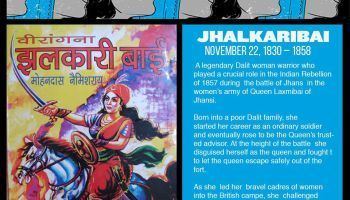
Anikta lokhande to play jhalkaribai in kangana ranaut s queen of jhansi
Life
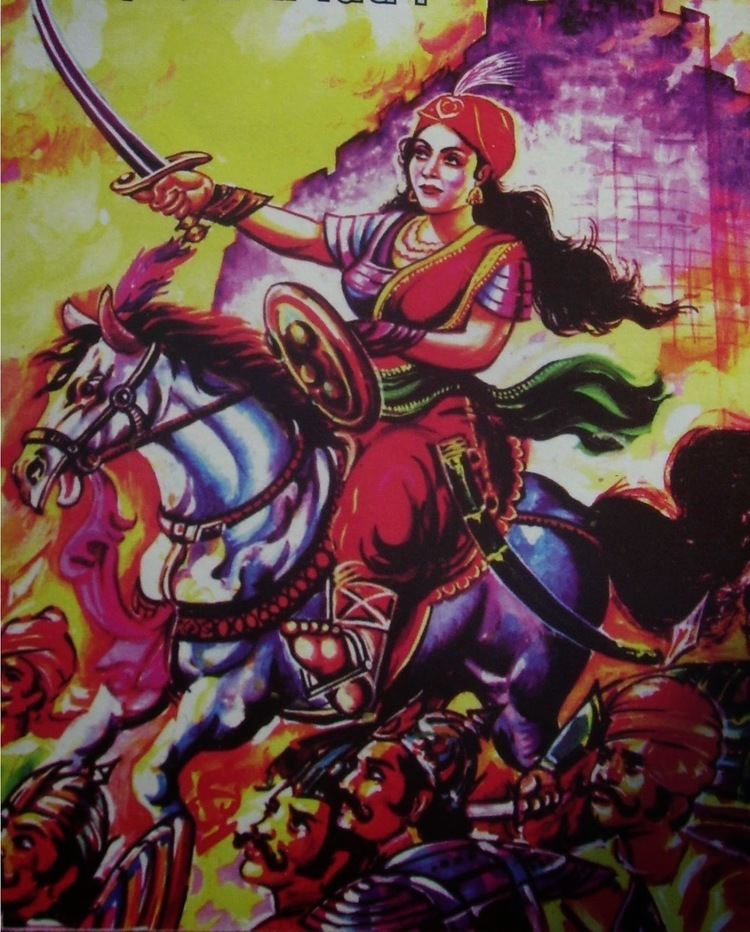
Jhalkaribai was born to Sadoba Singh and Jamuna Devi on November 22, 1830 in Bhojla village near Jhansi. As a rural Dalit girl, her tasks mostly included chores around the household. However, at a very early age, she is said to have exhibited exceptional strength of will. Local folklore tell of several legendary acts of bravery. People were reportedly amazed when they learnt that when a tiger from the jungle tried to attack young Jhalkari, she stood her ground and killed the tiger with only an axe. She reportedly once killed a leopard in the forest with a stick she used to herd cattle.
After the death of her mother when she was very young, her father raised her. Consistent with the social conditions of the era, she lacked a formal education, but was trained in horseback riding and the use of weaponry.
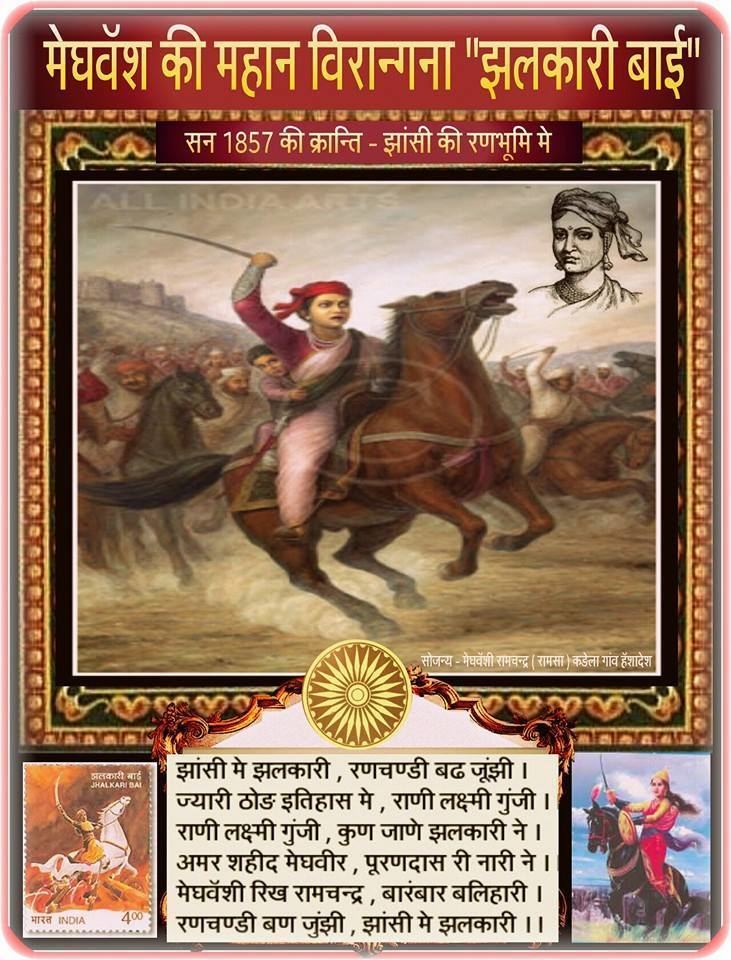
She later married Puran Singh, a soldier from the artillery unit of Rani Laxmibai's army, who introduced her to the Queen, Rani Laximibai of Jhansi. Jhalkaribai bore an uncanny resemblance to Rani Laxmibai, because of which she was inducted into the women's wing of the army.
Courage at Battle
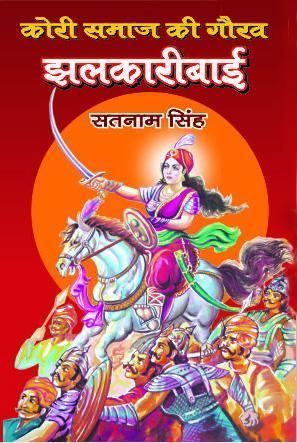
In the queen's army, she quickly rose in the ranks and began commanding her own army. During the Rebellion of 1857, General Hugh Rose attacked Jhansi with a large army. The Queen valiantly faced the army with 4000 of her troops in her fort. She waited for relief from Peshwa Nana Sahib's army camping at Kalpi that did not come because Tatya Tope had already been defeated by General Rose. Meanwhile, Dulha Ju, in charge of one of the gates of the fort, had made a pact with English and opened the doors of Jhansi for the British forces. When the British rushed the fort, Laxmibai , on advice of her courtier, escaped through another gate amidst the chaos of heavy fighting and casualties. Upon hearing of Laxmibai's escape, Jhalkaribai set out for General Rose's camp in disguise and declared herself to be the Queen. This led to a confusion that continued for a whole day and gave the Rani's army renewed advantage.

While this act of sacrifice and courage is what she is most well known for another little acknowledged fact remains that she was a close confidante and advisor to the queen playing a key role she played in the analysis and strategizing of the battle itself, alongside Laxmibai.
Legacy
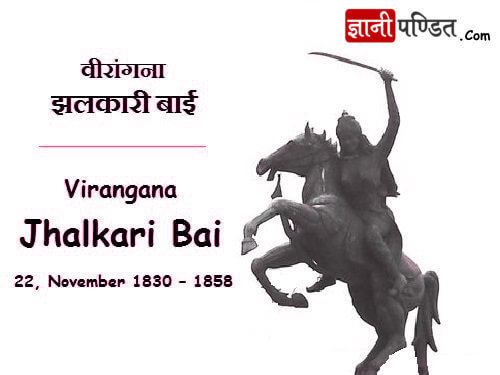
The image of Jhalkaribai has gained prominence in North India in the recent years. The sociopolitical importance of the story of Jhalkaribai has been recognized and promoted by political parties like Bahujan Samaj Party. The death anniversary of Jhalkaribai is also celebrated as Shahid Diwas (Martyr Day) by various Dalit organizations.
The movement to establish Bundelkhand as a separate state has also used the legend of Jhalkaribai to create the Bundeli identity. The Government of India's Post and Telegraph department has issued a postal stamp depicting Jhalkaribai.
The Archaeological Survey of India is setting up a museum at Panch Mahal, a five story building located inside the Jhansi Fort in remembrance of Jhalkaribai.
She is referred to in the novel Jhansi ki Rani written in 1951 by B. L. Varma, who created a subplot in his novel about Jhalkaribai. He addressed Jhalkaribai as Korin and an ordinary soldier in Laxmibai's army. Ram Chandra Heran's Bundeli novel Maati, published in the same year, depicted her as "chivalrous and a valiant martyr". The first biography of Jhalkaribai was written in 1964 by Bhawani Shankar Visharad, a Dalit intellectual, with the help of Varma's novel and his research from the oral narratives of Dalit communities living in the vicinity of Jhansi.
As a result of Bahujan Samaj Party's policy of social mobilization, several booklets, dramas, and songs have been composed by Dalit activists, politicians, and writers narrating the story of Jhalkaribai. Efforts have been made to place Jhalkaribai at an equal footing of Laxmibai. Since the 1990s, the story of Jhalkaribai has begun to model a fierce form of Dalit womanhood, has acquired a political dimension, and her image is being reconstructed with the demands of social situation.
